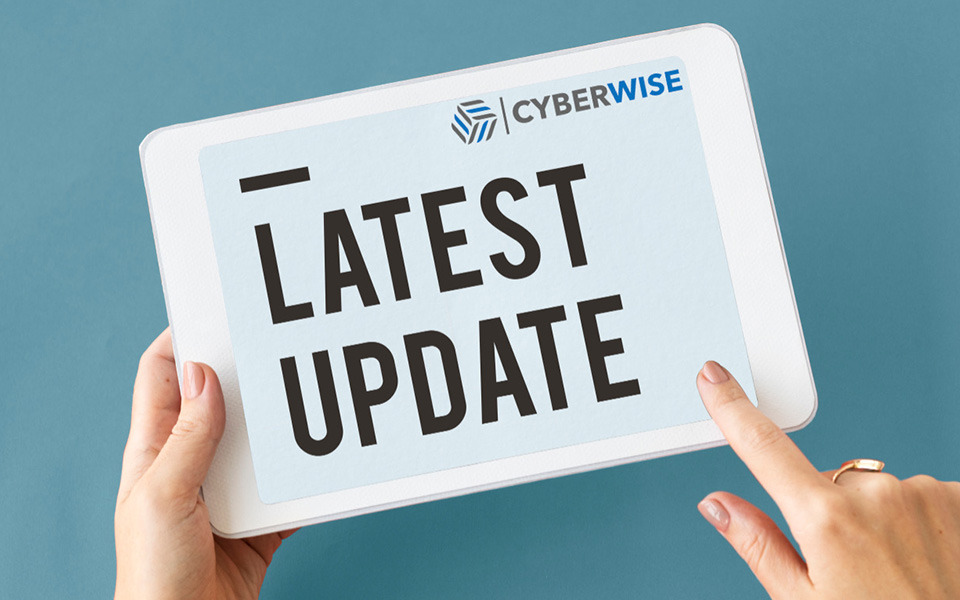 Software
Software
By Tyler W.
June 09, 2022
Using Automatic Updates to Protect Your Systems
Automatic updates are one of the most important means to protect your system from cyber attacks. Software vendors and manufacturers release security patches and software updates to close vulnerabilities, fix bugs and make new features available. For cloud solutions these will flow downstream automatically to your live system. But, what do you do about your on-premise solutions? Updating your system on a regular basis is the best way to stay secure and avoid malware infection.
Why Automatic Updates are Important
Updating your phone is essential to maximize the speed and battery life, as well as providing much-needed security patches.
Security patches are what we are most interested in for automatic updates. These protect our devices by fixing security vulnerabilities that can be exploited by attackers. The more promptly these patches are installed, the better off we are. Removing human interaction eliminates this potential error, and generally provides a faster application of the security patches to your systems.
The Best Ways to Apply Patches and Automatically Update Your Devices
A lot of people are asking the question, what are the best ways to apply patches and automatically update their devices?
Patches are updates that can be downloaded to your computer or device that improve it’s overall use and security, without risking the loss of any data. The patch will fix any bugs you have in your operating system. Patches allow you to stay up-to-date with Microsoft, Apples and any other vendor, without having to manually download new updates every time they come out. There has been some discussion on whether or not patches can cause damage to your device, but there really isn’t any evidence that it does, and the positive impacts far outweigh these ‘negative’ arguments.
The best way for you to apply patches is by setting them up to automatically download and update your device when they come out without having you do anything at all. Microsoft even has a dashboard showing the status of your devices, how many patches are installed, and when they were installed. Most hardware suppliers will provide something similar to allow you to track your updates, and also your IT department to identify any conflicts or issues and roll back when safe to do so.
Biggest risks of not applying automatic updates
Security updates are important to ensure that your system is not breached by malware or other intruders. The biggest risk of not applying automatic updates is the possibility of losing data. Every time you apply an update, it includes features, fixes, and patches for vulnerabilities in your system. If you don’t apply these updates, your system security is at risk because it may be vulnerable to intrusion from malware and other intruders trying to enter your system, with ransomware being the most popular attack deployed. This can lead to data loss or corruption as a consequence of an attack on your computer system.
Why you need to understand your IT infrastructure before updating
Understanding your IT infrastructure is important before updating. This is because all the processes and applications that you have in your IT infrastructure need to be compatible with the new update for them to work smoothly. Otherwise, they will crash and it could lead to a data loss or other issues.Whilst we encourage automatic updates whenever possible, before blindly setting these up we suggest you have a firm understanding of your overall IT environment and discuss automatic updates with any service providers.
Get our latest Media Releases & stay informed & up to date.

